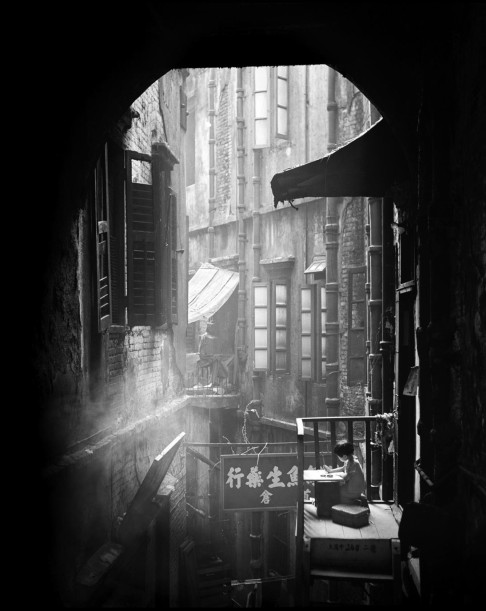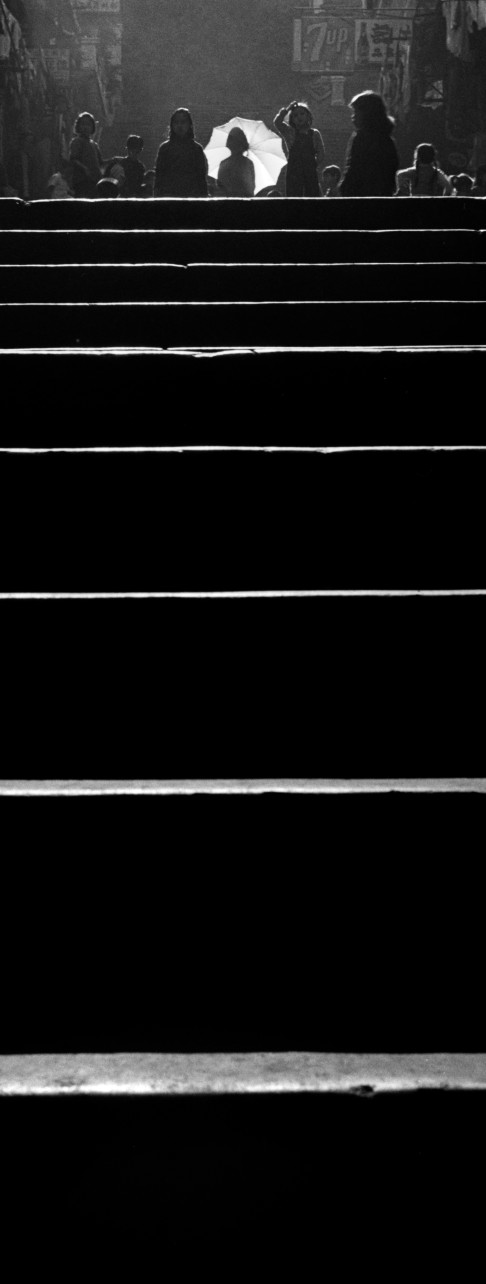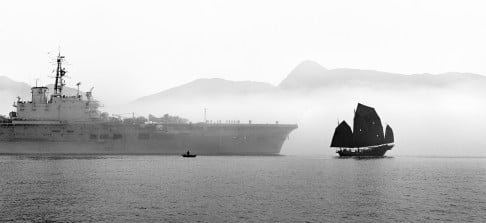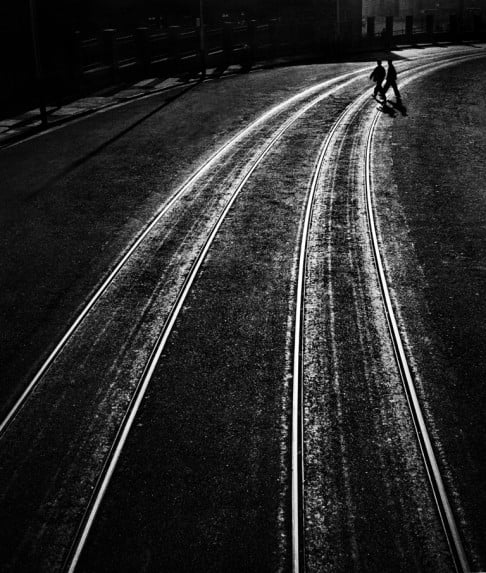Street life: Hong Kong in the 1950s as seen through a teenage photographer's lens
Ho Fan's photographs of old Hong Kong will go on display in a new hotel
When Ho Fan took up street photography in the 1950s, Central was still a poor neighbourhood with shabby houses and dirty alleys.
The streets, filled with vendors, coolies and rickshaw drivers, fascinated Ho, who arrived from Shanghai in 1949. Taking pictures in a studio was the norm then, but the teenager was more interested in random, candid shots of strangers.
His targets, however, did not always smile into the lens of his Rolleiflex. There were both intimidating encounters and unwanted attention, the 83-year-old recalled in an interview from his home in the United States.
"With a knife in his hand, a pig butcher said he would chop me. He wanted his spirit back," Ho recalled, explaining that superstition had it that a person would have his spirit captured by the camera.
In contrast, he remembered the enthusiasm of girls who did not have the chance to have photographs taken in studios.
"Catching me in action, some girls combed their hair and asked me to take their photos again," he said.
Ho's photos of old Central will be displayed in the newly opened Pottinger, a heritage-themed hotel on the street of the same name, which is now a historic street granted Grade 1 status by the Antiquities Advisory Board.
Decades ago, the district, now full of skyscrapers, offices and high-end restaurants, was home to many poor Chinese.
"The flats were small, so everyone went out onto the streets instead. They played and ate outdoors," said Ho, who has won more than 280 awards from international exhibitions and competitions for his photography.
He said he always waited in an area with nice composition and lighting for a subject to appear.
One such character was a little girl doing her homework on top of a flight of stairs. Another was a coolie who was weighed down with a burden almost too much for him to bear.
One photograph, which he named Working Skyward, showed several workers on scaffolding that was not as safe as modern standards would require. "It would be the end of them if they fell. But what can you do when you are poor? Hong Kong people are daring in challenging times," he said.
Despite harsh circumstances, there were some humorous touches. Outside the old Central wet market, he photographed middle-aged women chattering in a light-hearted way - unlike the usual sad mood conveyed by realism-influenced photographers. The picture won him an overseas photography award.
Ho later jumped into the silver screen business, first as an actor then a director, before retiring in America.
Some places have changed dramatically - gone is the typhoon shelter in Causeway Bay and the boat people he once photographed.
"The world advances in big steps. It's inevitable like a person going through life - ageing, illness and death," he said.
In a city where traditional photo printing has declined, Ho advised people never to dump their old film.
"There could be something you have missed, like somebody in the background who is more interesting than those in the centre. Those are like jokes of God. You can resurrect them," he said.
That is what he has been doing recently, reinventing old film into alternative prints. Almost 20 years beyond retirement age, he still loves challenges and will publish a new book in October.
"I even filmed erotic films. I try everything," he laughed.
This article appeared in the South China Morning Post print edition as Lensman looks back with nostalgia
http://www.scmp.com/news/hong-kong/article/1570201/photographer-ho-fans-pictures-old-hong-kong-go-display-new-hotel













沒有留言:
張貼留言